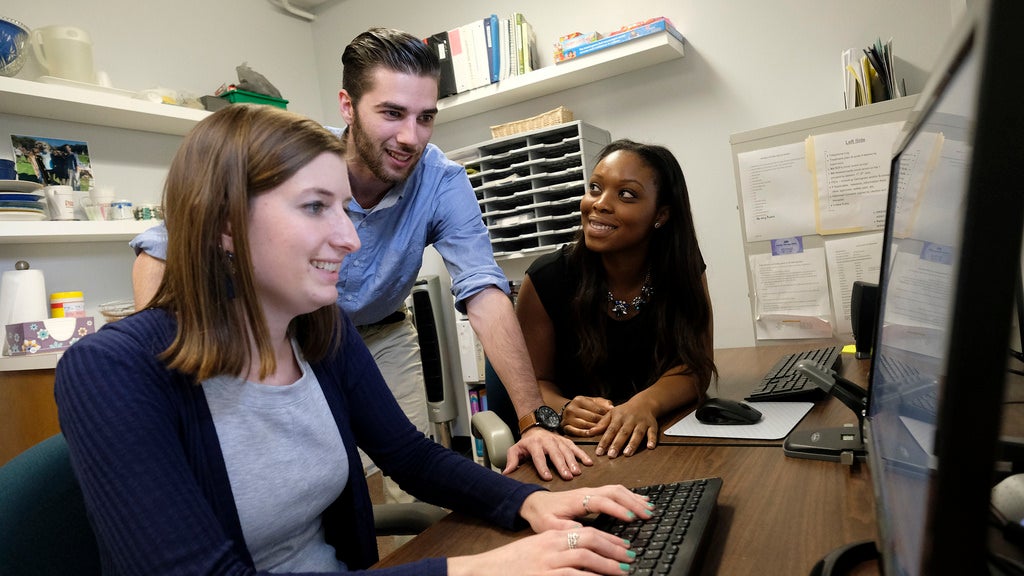
Statistics
We work with approximately 1342 students (approximately 8% of the student body) with a wide range of disabilities. Although the number of identified students in a given year varies, below is a typical distribution of students listed with our office.
We work with approximately 1342 self-identified students (approximately 8% of the student body) with a wide range of disabilities. Although the number of identified students in a given year varies, below is a typical distribution of students listed with our office:
| Type of Disability | Number of Occurrences | Percentage of Student Population |
|---|---|---|
| Mental Health | 411 | 0.306 |
| ADHD (Attention Deficit Disorder | 325 | 0.242 |
| Learning Disability | 265 | 0.197 |
| Chronic Health Condition | 182 | 0.136 |
| Temporary | 21 | 0.0156 |
| Physical / Mobility Related | 26 | 0.0194 |
| Autism Spectrum / Asperger Syndrome | 34 | 0.0253 |
| Head Injury | 29 | 0.0216 |
| Vision | 16 | 0.0119 |
| Hearing | 19 | 0.0142 |
| Other | 14 | 0.0104 |
Student Performance, Graduation, and Retention
When we look at student grades, students with disabilities do as well, or better than, their non-disabled peers. Similar proportions of students with disabilities are on the Dean’s List (GPA 3.3 or above), and also similar proportions of students with disabilities are on probation (GPA below 2.0). There are proportionally fewer dismissals of students with disabilities.
At the recent URI accreditation review, graduation statistics for students with disabilities were reported as “somewhat lower: 55-59%” as compared to the overall URI student body. However, first and second year retention rates for students with disabilities were significantly higher (88.8% and 78.4% respectively) as compared to the retention rates for all URI students.
Despite the nation-wide statistics that demonstrate significantly lower graduation and retention rates for students with disabilities, we are committed to sustaining and increasing the retention and graduation rates of students with disabilities at URI.
